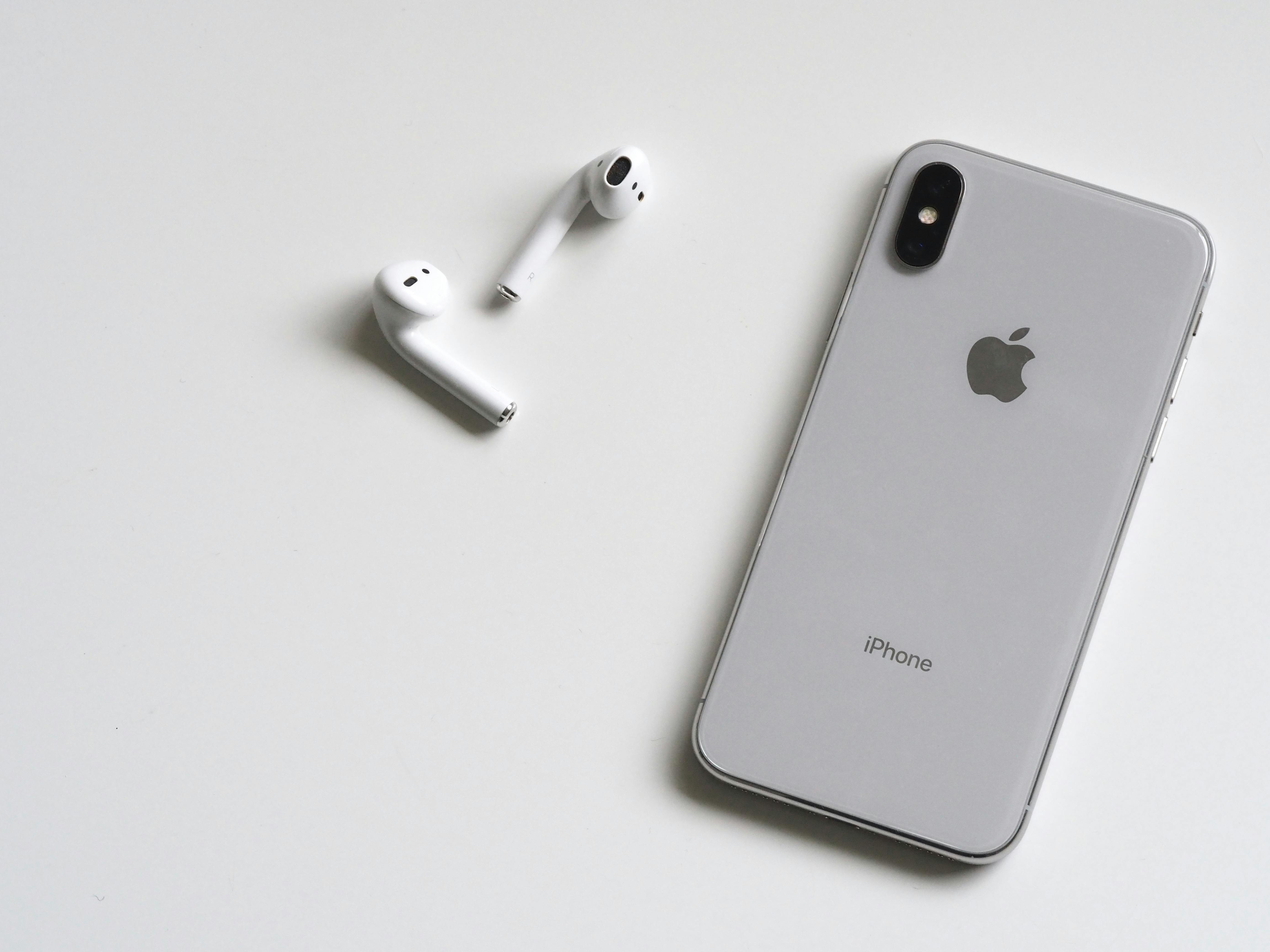“Patents” and “trade secrets” are used by companies and organizations to protect their inventions and discoveries against illegal copying. Most companies are often faced with a choice between these two intellectual property protections. Each has advantages over the other, and both should be carefully considered when looking for the right IP strategy.
A “Patent” is a right granted to inventors by the government of a country in question to provide exclusive rights to make, use, import, sell and offer for sale inventions for up to 20 years. This right entitles proprietary companies to profit from an invention or inventions in exchange for disclosing their invention and inventing process. For example, many pharmaceutical companies patent their molecules and the process of developing the molecule, giving them the exclusive right to manufacture that molecule for at least 20 years. No other company or companies may manufacture or sell this product without the prior approval of the company holding the patent. However, after 20 years, this invention becomes public and any competitor (individual or company) can use the same invention and product for profit.
On the other hand, “trade secrets” are information (for example, a recipe, pattern, or formula) that provides value to its owner because no other company or person has the ability and authority to duplicate it even after 20 years, since the information is never made public by the government. Companies can profit from that product as long as they can keep the invention secret and confidential. For example, many soft drink manufacturing companies have never disclosed the ingredients of their soft drink. By doing this, companies ensure that no competitor can make the same product.
“Patents” and “trade secrets” are interchangeable; means that “Trade Secrets” can be converted to “Patents” at any time if the Trade Secret holder so desires. This can be done after filing the corresponding patent application with the corresponding government. However, the reverse is not possible means that a “Patent” cannot be turned into a “Trade Secret” because the invention is already in the public domain.
As stated in the previous part of the article, most companies are often faced with a choice between these two forms of intellectual property protection. Each has advantages over the other, and both should be carefully considered when looking for the right IP strategy. Here is a list that compares these two forms of IP protection.
• A Patent is generally recognized as the strongest form of IP protection, because the Patent protects the process and method of the invention regardless of its appearance.
• A patent can be enjoyed by the patent holder for a period of 20 years after which it becomes public and any competitor can use it for economic benefit, on the other hand, the holder of a trade secret can enjoy its exclusivity even after 20 years and as long as they can keep the invention secret and confidential.
• One of the most beneficial aspects of the Patent is that even if some competing company independently and coincidentally develops a product that includes the patented concept, the patent holder may infringe the new company’s patent, while this type of Advantages cannot be used for Trade. -Mysteries.
• Patents are not at risk of becoming public (at least for 20 years), while trade secrets are always at risk of becoming public. Accidental disclosures, employees leaving, and even mandatory disclosures (such as a list of ingredients on food packaging) can publicly disclose the trade secret.
• A trade secret proves to be most effective when the secret cannot be reverse engineered.
Resume: As a conclusion we can say that both patents and trade secrets have their own advantages and disadvantages, depending on the type of patent and other available criteria. Companies need to do a thorough analysis of the forms of intellectual property, patents, and trade secrets, and must choose the one that best suits them.
